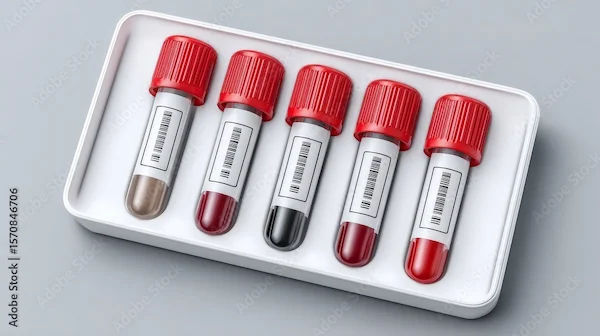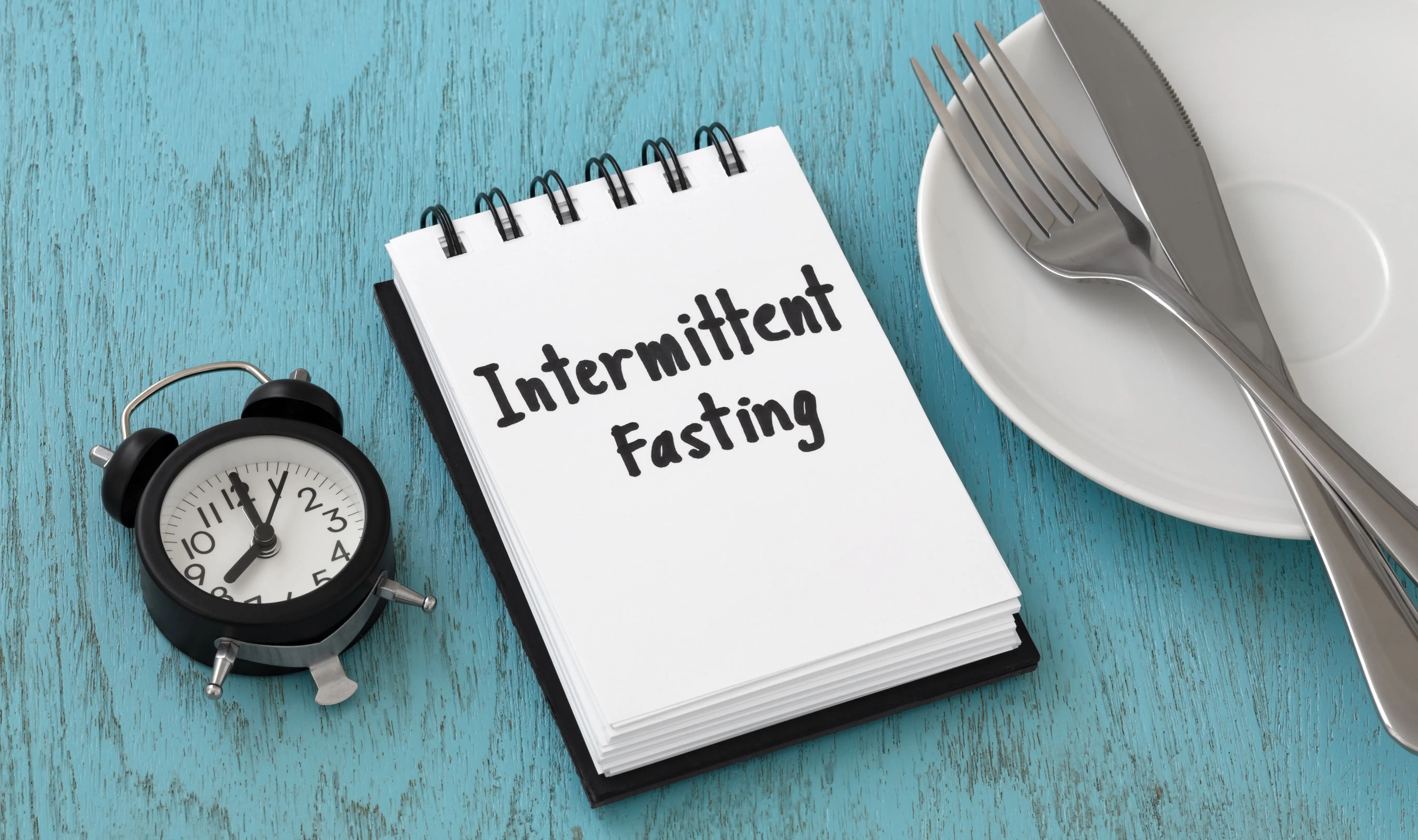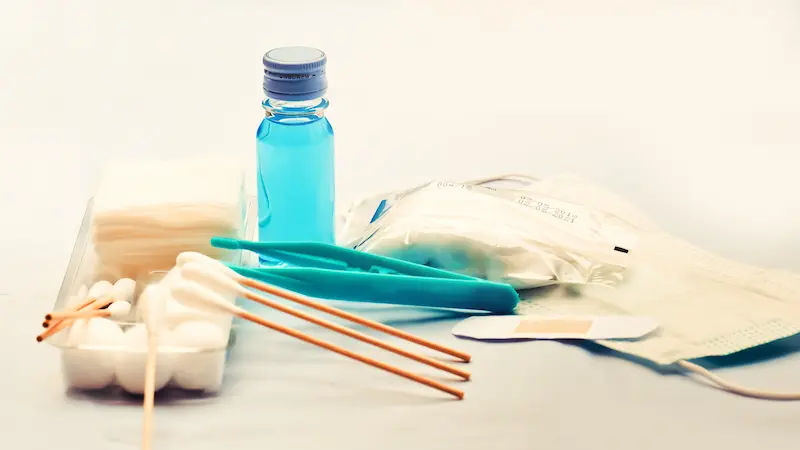Guide to Holter Monitoring
Know the Holter monitoring, comparison with ECG, symptoms, diagnosis done, results, interpretation of results and more.

Written by Dr. Md Yusuf Shareef
Reviewed by Dr. Rohinipriyanka Pondugula MBBS
Last updated on 7th Oct, 2025

Have you ever felt a sudden, fluttering sensation in your chest, a dizzy spell, or your heart racing for no apparent reason? These fleeting symptoms can be worrying, but they often disappear by the time you see a doctor. A standard electrocardiogram (ECG) provides a snapshot of your heart's activity, but what if the problem occurs unpredictably? This is where Holter monitoring comes in. Think of it as a continuous, portable ECG that acts as a 24-to-48-hour detective for your heart, capturing irregularities that routine check-ups might miss. This comprehensive guide will walk you through everything you need to know about Holter monitoring—from why it's recommended and what the procedure involves, to how to interpret the results. Our goal is to demystify the process, ease any anxiety, and empower you with knowledge about this vital cardiac diagnostic tool.
What is a Holter Monitor? A Portable Heart Detective
A Holter monitor is a small, wearable device that continuously tracks and records your heart's electrical activity (heart rhythm) over a period of 24 to 48 hours, or sometimes longer. It's about the size of a small camera or a deck of cards and is typically worn on a belt or with a shoulder strap. The device is connected to your chest via several small, sticky patches called electrodes. This ambulatory electrocardiogram allows you to go about your daily life while your heart is being monitored, providing a dynamic picture of its function under various conditions—sleep, exercise, stress, and rest.
Consult a Top General Practitioner for Personalised Advice
Holter Monitor vs. Standard ECG: What’s the Difference?
The key difference lies in the duration and context of the recording.
- Standard ECG: Performed in a doctor's clinic, this test records your heart's rhythm for only about 10-20 seconds. It's
excellent for detecting constant or major irregularities present at that moment. - Holter Monitor: This extended cardiac monitoring captures every heartbeat over one or two full days. It is specifically
designed to catch intermittent, symptom-related arrhythmias that a short ECG would likely miss. If your symptoms are
infrequent, your doctor might even recommend an event monitor, which can be worn for weeks (a point we'll explore
later).
Why Would You Need a Holter Monitor? Understanding the Reasons
Doctors recommend Holter monitoring to investigate symptoms that suggest a heart rhythm disorder (arrhythmia). It
helps connect the dots between how you feel and what your heart is actually doing at that exact moment.
Common Symptoms That Lead to Holter Monitoring
You might be a candidate for this test if you experience:
- Unexplained dizziness or lightheadedness
- Heart palpitations (a feeling of your heart pounding, fluttering, or skipping beats)
- Shortness of breath
- Chest pain
- Unexplained fainting (syncope)
- Fatigue and extreme tiredness
If you experience any of these symptoms, especially if they are sporadic, it's important to consult a doctor. If symptoms
like chest pain or fainting occur, consult a doctor online with Apollo24|7 for immediate guidance.
Diagnosing Specific Heart Conditions
The data from the monitor helps diagnose several conditions, including:
- Atrial Fibrillation (AFib): An irregular, often rapid heart rate.
- Tachycardia: A heart rate that is too fast.
- Bradycardia: A heart rate that is too slow.
- Effectiveness of Pacemaker: To ensure a pacemaker is working correctly.
- Risk Assessment: After a heart attack to assess the risk of future heart events.
The Holter Monitor Procedure: A Step-by-Step Guide
The process is straightforward and non-invasive, meaning it doesn't involve any needles or incisions.
What to Expect During the Setup Appointment
A technician will prepare your skin by gently cleaning the areas where the electrodes will be placed, usually on your
chest. This ensures a strong connection. The small, sticky electrodes are then applied, and wires connect them to the
recorder. You’ll be shown how to wear the device comfortably (e.g., on your belt or in a pouch). The entire setup takes
about 20-30 minutes.
Your 24 to 48 Hours with the Monitor: A Day-in-the-Life
This is the most crucial part. You will be given a diary to log your activities, symptoms, and their times. For example:
"10:15 AM: climbed stairs, felt palpitations," or "3:00 PM: felt dizzy while watching TV." This diary is essential because
it allows the doctor to correlate your heart's rhythm data with your daily activities and symptoms. You can and should
pursue your normal routine—this provides the most accurate data.
The Do's and Don'ts While Wearing a Holter Monitor
To ensure accurate results, follow these guidelines:
- DO keep the monitor and electrodes dry. You can take a sponge bath, but avoid showers, baths, and swimming.
- DO continue your normal activities, including exercise, unless your doctor advises otherwise.
- DO keep a detailed symptom diary.
- DON’T use an electric blanket or stand near strong magnets/metal detectors, as they can interfere with the recording.
- DON’T remove the electrodes or disconnect the wires. If an electrode falls off, the technician will usually provide a
spare to reattach.
Understanding Your Holter Monitor Test Results
After the monitoring period, you’ll return the device. A technician will analyse the vast amount of data (over 100,000
heartbeats!) using specialised software, and a cardiologist will interpret the findings.
What Do "Normal" Results Mean?
Normal results indicate that no significant arrhythmias were detected during the wearing period, and your heart rate
varied appropriately with your activity level. This is reassuring, but if your symptoms are very rare, a longer-term
monitor might still be needed.
Deciphering Abnormal Findings: Arrhythmias and More
Abnormal results may show various irregularities, such as skipped beats (PVCs), periods of a heart rate that is too fast
(tachycardia) or too slow (bradycardia), or patterns like atrial fibrillation. The report will note how frequent and how
long these episodes were. Your doctor will discuss what these findings mean for your specific situation and outline the
next steps, which could include medication, further testing, or lifestyle changes.
Beyond the Standard Holter: Event Monitors and Mobile Telemetry
If your symptoms occur less than once a day, a standard Holter monitor might not capture them. In such cases, your doctor might recommend:
- Event Monitor: Worn for weeks or even a month. You press a button to record your rhythm only when you feel
symptoms. - Mobile Cardiac Telemetry (MCT): Similar to a Holter monitor but automatically detects and sends abnormal rhythms
to a monitoring centre in real-time, often without you needing to trigger it.
These devices ensure that even very infrequent events can be diagnosed.
Conclusion
Holter monitoring is a safe, simple, and highly effective way to uncover hidden heart rhythm issues that a routine ECG might miss. By continuously recording your heart’s activity during normal daily life, it bridges the gap between fleeting symptoms and an accurate diagnosis. Whether confirming an arrhythmia, checking pacemaker function, or assessing post-heart attack risk, this test provides vital insights. Understanding your results empowers you and your doctor to take timely steps for better heart health.
Consult a Top General Practitioner for Personalised Advice
Consult a Top General Practitioner for Personalised Advice

Dr. Avinash Pasuparthy
General Practitioner
5 Years • MBBS
Visakhapatnam
Apollo Clinic Vizag, Visakhapatnam

Dr. Pankaj Tripathi
General Practitioner
20 Years • MBBS, MD Pathology
Lucknow
Best Diabetologist Clinic, Lucknow

Dr. Anand Ravi
General Physician
2 Years • MBBS
Bengaluru
PRESTIGE SHANTHINIKETAN - SOCIETY CLINIC, Bengaluru

Dr. Ritesh Motghare
General Practitioner
18 Years • MBBS PGCDM
Nagpur
HEALTH CENTRE VNIT NAGPUR, Nagpur

Dr Syed Mateen Pasha
General Physician
2 Years • MBBS
Bengaluru
PRESTIGE SHANTHINIKETAN - SOCIETY CLINIC, Bengaluru
Consult a Top General Practitioner for Personalised Advice

Dr. Avinash Pasuparthy
General Practitioner
5 Years • MBBS
Visakhapatnam
Apollo Clinic Vizag, Visakhapatnam

Dr. Pankaj Tripathi
General Practitioner
20 Years • MBBS, MD Pathology
Lucknow
Best Diabetologist Clinic, Lucknow

Dr. Anand Ravi
General Physician
2 Years • MBBS
Bengaluru
PRESTIGE SHANTHINIKETAN - SOCIETY CLINIC, Bengaluru

Dr. Ritesh Motghare
General Practitioner
18 Years • MBBS PGCDM
Nagpur
HEALTH CENTRE VNIT NAGPUR, Nagpur

Dr Syed Mateen Pasha
General Physician
2 Years • MBBS
Bengaluru
PRESTIGE SHANTHINIKETAN - SOCIETY CLINIC, Bengaluru
More articles from General Medical Consultation
Frequently Asked Questions
1. Can I exercise with a Holter monitor?
Yes, unless your doctor has specifically told you not to. In fact, exercising can provide valuable data on how your heart responds to physical stress. Just be mindful of the wires and avoid getting excessively sweaty, which could loosen the electrodes.
2. How should I sleep with the monitor?
Sleep on your back if possible to avoid putting pressure on the electrodes and device. If you're a side-sleeper, try to favour the side without the recorder. The goal is comfort while keeping the electrodes securely attached.
3. Is the Holter monitor test safe?
Yes, it is a very safe, non-invasive procedure. The device only records your heart's activity; it does not emit any electricity or shocks.
4. What if a wire comes loose or an electrode falls off?
Don't panic. Technicians usually provide spare electrodes. Carefully reattach it following the instructions you were given. If you can't, note the time it fell off in your diary and contact the clinic for guidance.
5. How long does it take to get the results?
It typically takes a few days to a week for the data to be analysed and interpreted by a cardiologist. Your doctor will then contact you to discuss the findings.




